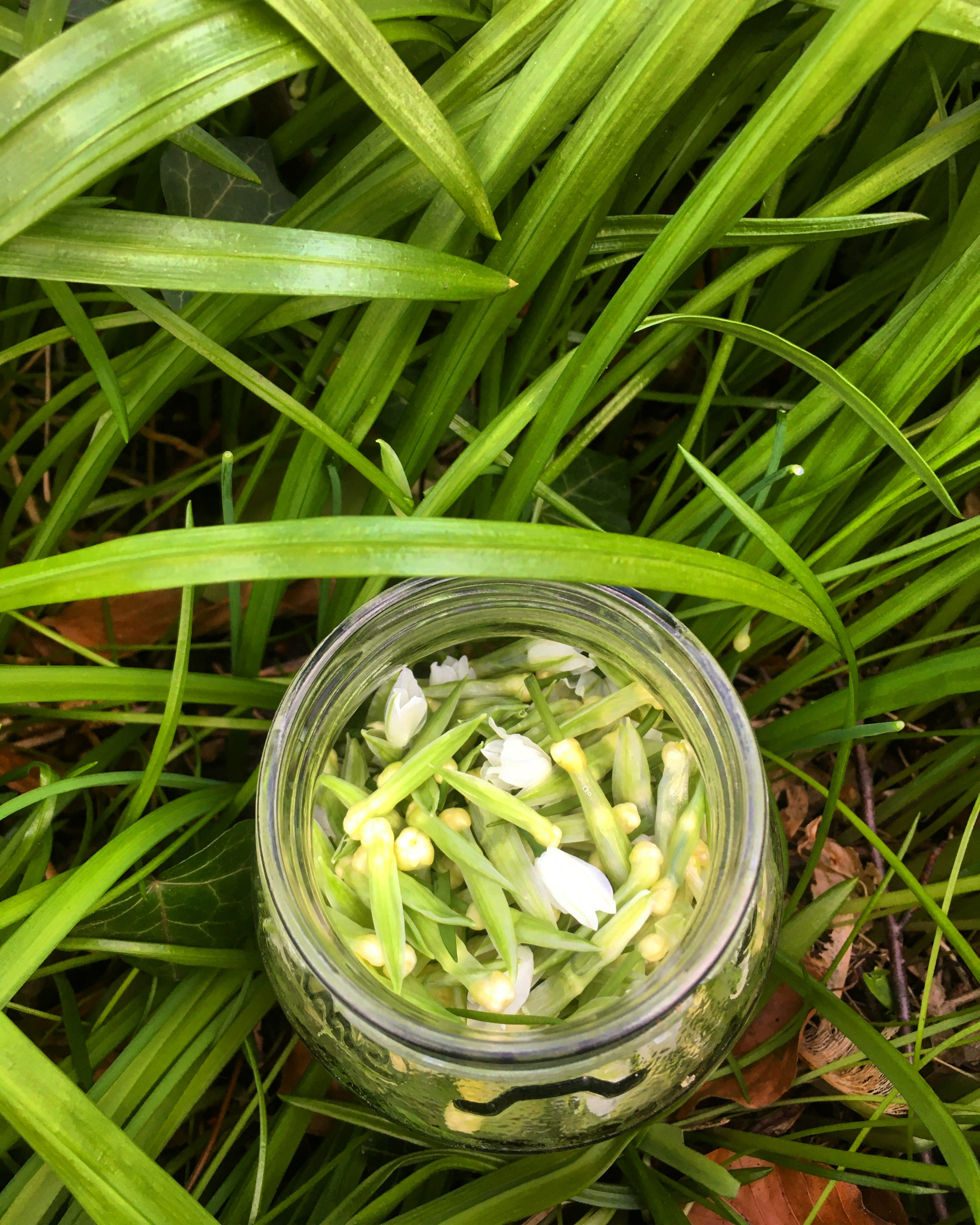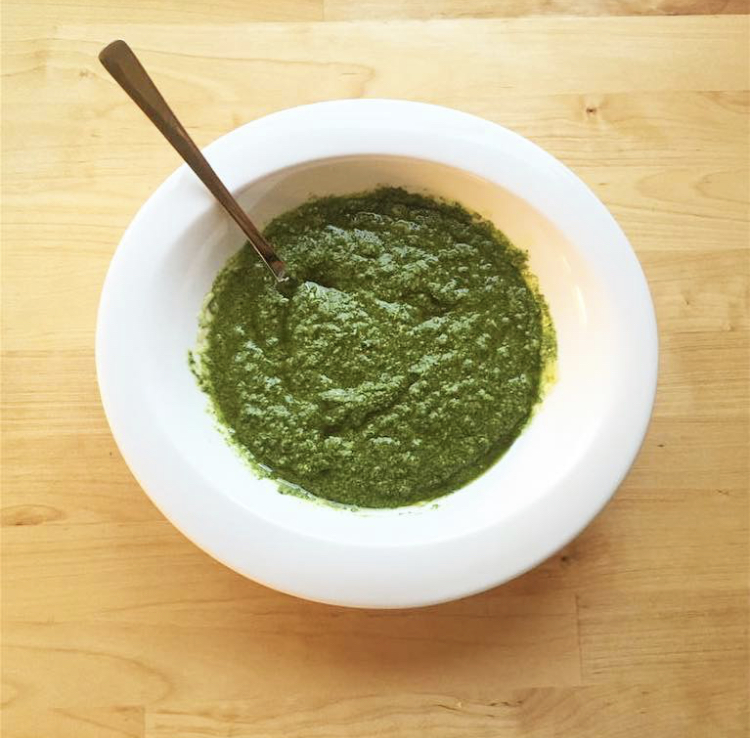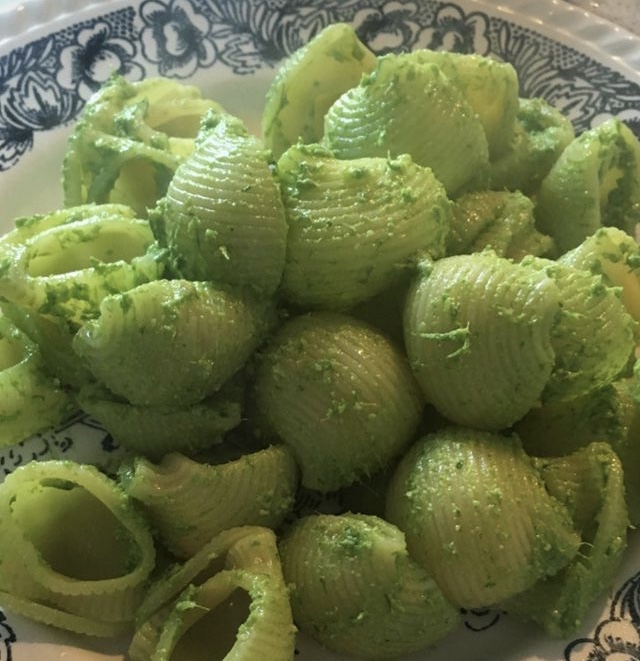“If you can’t beat ’em, EAT ‘EM”, as we always like to say.
Join us as we take a closer look at invasive edible plants that you’re likely to stumble across in Berlin and Brandenburg’s green spaces this spring and summer.
English: Few-Flowered Leek
Deutsch: Wunderlauch/Berliner Bärlauch
Latin: Allium paradoxum
Why is it here?
Few-flowered leek is endemic to mountainous regions of Iran, Caucasus and Turkmenistan. Traders first brought it to Western Europe in the early 1800s. Because of its intensely invasive nature, it is actually illegal to plant in the wild. In free-spirited Berlin, however, it notoriously escaped from the Botanic Garden and proceeded to spread its seed all over Plänterwald and carpeted the entire forest floor. Rumour has it, even Sven Marquard wouldn’t have been able to keep this bad boy (or girl?) in check.
And why the bad rep?
Once you let it loose, it’s virtually unstoppable.
So what’s the good news?
It’s leaves are absolutely delicious; think, mild hints of garlic meet sweet herby notes. And its flowers, oh it’s flowers….their fine and delicate flavours lure in flocks of foragers and kaleidoscopes of butterflies.
How about the harvest?
If you’re taking a stroll in nature and the sweet scent of onions greets your nose, it’s likely you’ll discover some species of wild leek under foot. In April and May, Berlin and Brandenburg’s forest floors will be blanketed with this wonder. A little further into the season, their enchanting, edible white flowers will come out to play. And once the flowers have wilted, sweet little onion balls will pop out. Their distinctly onion-y and garlic-y flavour profile is perfectly rounded off by their creamy texture. Think vegan forest floor caviar. Exquisite!
Bear in mind, that few-flowered leek (Wunderlauch) is quite similar to wild garlic (Bärlauch). Because their scent and taste is quite similar, the best way to tell them apart is by looking at their leaves: few-flowered leek has long, thin leaves while wild garlic has wide leaves that snap when you break its spine.


Can’t Beat It? EAT it!
The leaves: Blend this green goodness into a vegan pesto with sunflower seeds (toasted adds yet another dimension #yum), lemon juice (feel free to use salted lemons), salt and olive oil (no garlic is needed as it already has this note).
The flowers: sprinkle them into salad salads or decorate your dish du jour.
The onions: Pickle the little onion balls in balsamic vinegar to spruce up salad dressings for the rest of the year (and beyond).
But Beware
Don’t pull these guys out of the ground and start spreading them elsewhere. They are highly invasive by nature and can quickly take over the natural landscapes of other parks, gardens and yards. As much as we love us a wild techno salad, don’t want Sven to come knocking on our doors in the middle of the night. 😉


About Edible Invasive Plants
As foraging and fermentation enthusiasts, one of the best ways to support our environment and sustain ourselves is to harvest and process invasive species. Because conventional gardeners and farmers so easily demonise them, these precious plants are frequently overlooked and undervalued in the culinary world.
“So what makes a pest pesky? And why do we need to weed out all the weeds?” you ask. Our answer, “It’s all about perspective.” This is exactly why we’ve taken it upon ourselves to embrace invasive species for their abundance and celebrate their nutritious value.
Head over to the foraging section on our blog to explore the entire series!
Disclaimer (!)
The information provided on our website is meant to support you on your foraging and fermentation journeys. Edible Alchemy does not assume any liability for plants you pick, touch, process or consume.
Be sure only to consume plants if you are 100% certain you are able to identify them correctly and thus rule out the possibility that they are false friends in disguise. Always consider consulting a herbalist or botanist before consuming plants from the wild. If in doubt, always go without!
Extra caution is advised for children, pregnant women, women who are breastfeeding, and people with pre-existing health conditions or who are taking medication. If you ever experience any allergic or adverse reactions to plants, please consult your physician immediately.


Yo Alexis,
The reason why ‘Conventional'(?) gardeners demonise plants like A. paradoxum is because of their ability to out grow other plants very quickly and therefore the forest floor becomes a kind of monoculture, which in turn can have a drastic effect on wildlife. Another point to make is that A. paradoxum starts its growth very early in the year ( sometimes February) and this how it can out compete the likes of the beloved bärlauch and other woodlanders of which we and a vast array of wildlife rely on to keep our european woodlands diverse and species rich as they can be.
yes – i totally agree. we educate people NOT to take seeds and replant them for this reason exactly. by harvesting to eat we may have a small chance to beat this invasion.